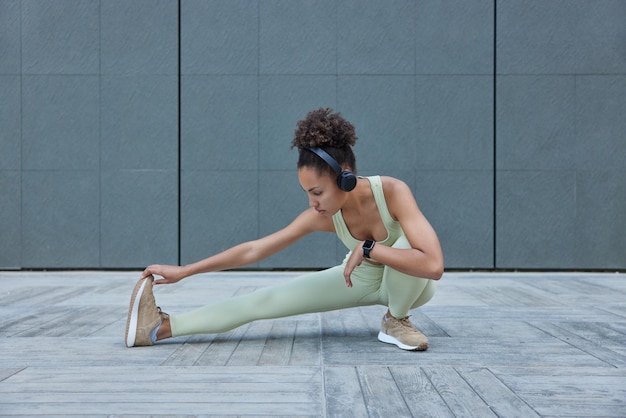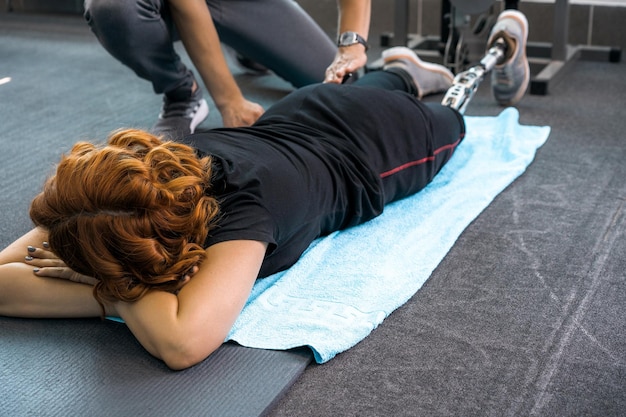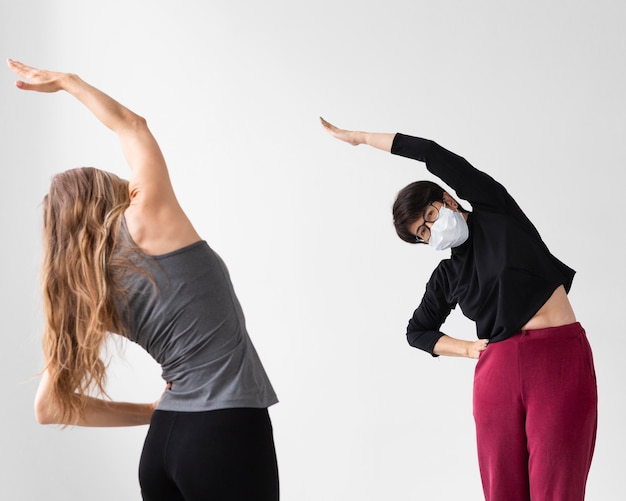Recovery is a critical yet often overlooked component of any fitness or wellness routine. While workouts build strength and endurance, it’s during recovery that your body repairs, rebuilds, and grows stronger. One of the most effective, accessible, and research-supported methods to enhance recovery is static stretching. Unlike dynamic stretching, which involves movement, static stretching focuses on holding a stretch in a fixed position for a sustained period—typically 15 to 60 seconds.
In this article, we’ll explore eight practical, actionable ways to use static stretching to accelerate recovery, reduce muscle soreness, and improve flexibility. Each method includes clear progress checks so you can track your improvement over time.
Post-workout stretching helps transition your body from high-intensity activity to a state of recovery. Muscles are warm and more pliable, making this the ideal time for static stretching.
Focus on major muscle groups used during your session—hamstrings, quads, calves, chest, and shoulders. Hold each stretch for 30 seconds.
Progress Check: Track your range of motion weekly. Use a simple marker like fingertip-to-floor distance in a forward bend to measure hamstring progress.

Delayed onset muscle soreness (DOMS) typically peaks 24–72 hours after intense exercise. Gentle static stretching can alleviate tightness and improve blood flow to sore areas.
For example, if your quads are sore from squats, perform a standing quad stretch. Hold for 30 seconds per leg, breathing deeply to encourage relaxation.
Progress Check: Rate soreness on a scale of 1–10 before and after stretching. Over time, you should notice reduced soreness duration and intensity.
Dedicate 10–15 minutes, 2–3 times per week, to a full-body static stretching routine. This promotes balanced muscle recovery and prevents imbalances that can lead to injury.
Include stretches for the neck, shoulders, spine, hips, legs, and feet. A structured routine ensures no muscle group is neglected.
Progress Check: Use a flexibility log. Note which stretches were difficult initially and reassess every two weeks.
Controlled breathing enhances the effectiveness of static stretching. Deep, slow breaths activate the parasympathetic nervous system, helping muscles relax and lengthen more efficiently.
Inhale through the nose, then exhale slowly through the mouth as you ease into the stretch. Avoid holding your breath.
Progress Check: Monitor how much deeper you can stretch with proper breathing over four weeks. Most people notice improved comfort and range.
Performing gentle static stretches before sleep can improve circulation, reduce nighttime cramping, and support muscle repair during rest.
Try a seated forward fold or lying glute stretch. Keep movements slow and calming to signal the body it’s time to rest.
Progress Check: Track sleep quality and morning stiffness. Improved rest and reduced stiffness indicate effective recovery.

Static stretching works best when supported by proper hydration and nutrient intake. Water helps maintain muscle elasticity, while protein and electrolytes support repair.
Stretch within 30–60 minutes after consuming a recovery snack or meal to maximize benefits.
Progress Check: Note how muscle tightness changes when stretching is combined with optimal hydration and post-workout nutrition.
Straps, blocks, or towels can help you maintain proper form and gradually increase stretch intensity without overexertion.
For example, use a strap in a supine hamstring stretch to keep legs straight without straining the lower back.
Progress Check: Measure how much less assistance you need from props over time—this indicates improved flexibility and control.
Consistent measurement keeps you motivated and ensures your routine is effective. Use simple tests like the sit-and-reach, shoulder cross-body reach, or hip rotation angles.
Record results monthly to visualize progress and adjust your stretching plan as needed.
Progress Check: Create a flexibility chart. Most people see noticeable improvement within 4–8 weeks of consistent practice.
Static stretching is a powerful, low-impact tool for enhancing recovery and long-term mobility. When practiced consistently and correctly, it reduces soreness, prevents injury, and supports overall physical performance.
By implementing these eight strategies and tracking your progress, you’ll not only recover faster but also build a more flexible, resilient body over time.

Fitness

Fitness

Fitness

Fitness

Wellness

Fitness

Fitness

Fitness

Fitness

Fitness

Fitness

Health

Health

Fitness

Health

Health